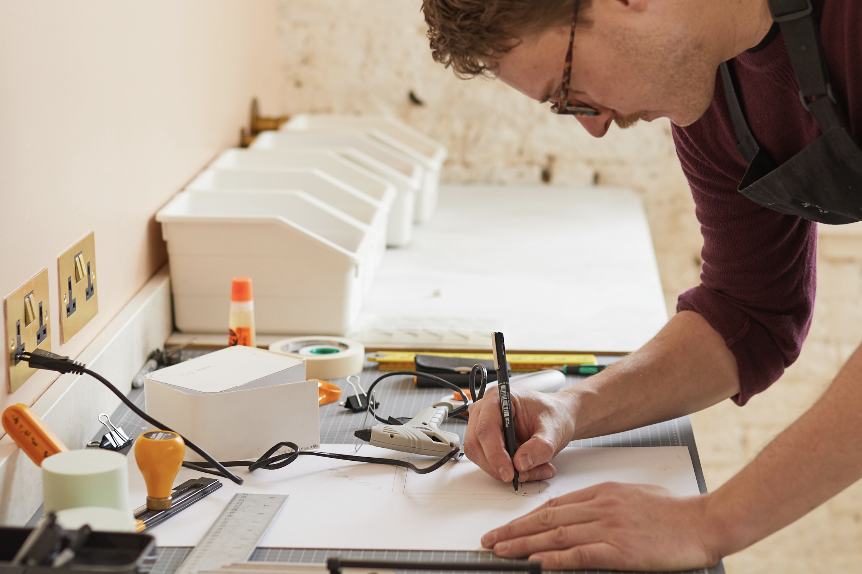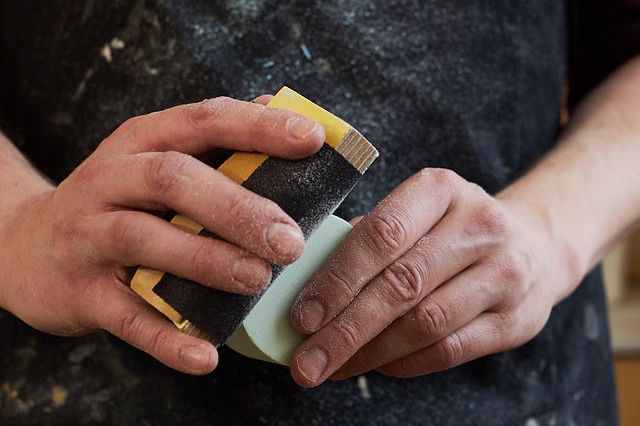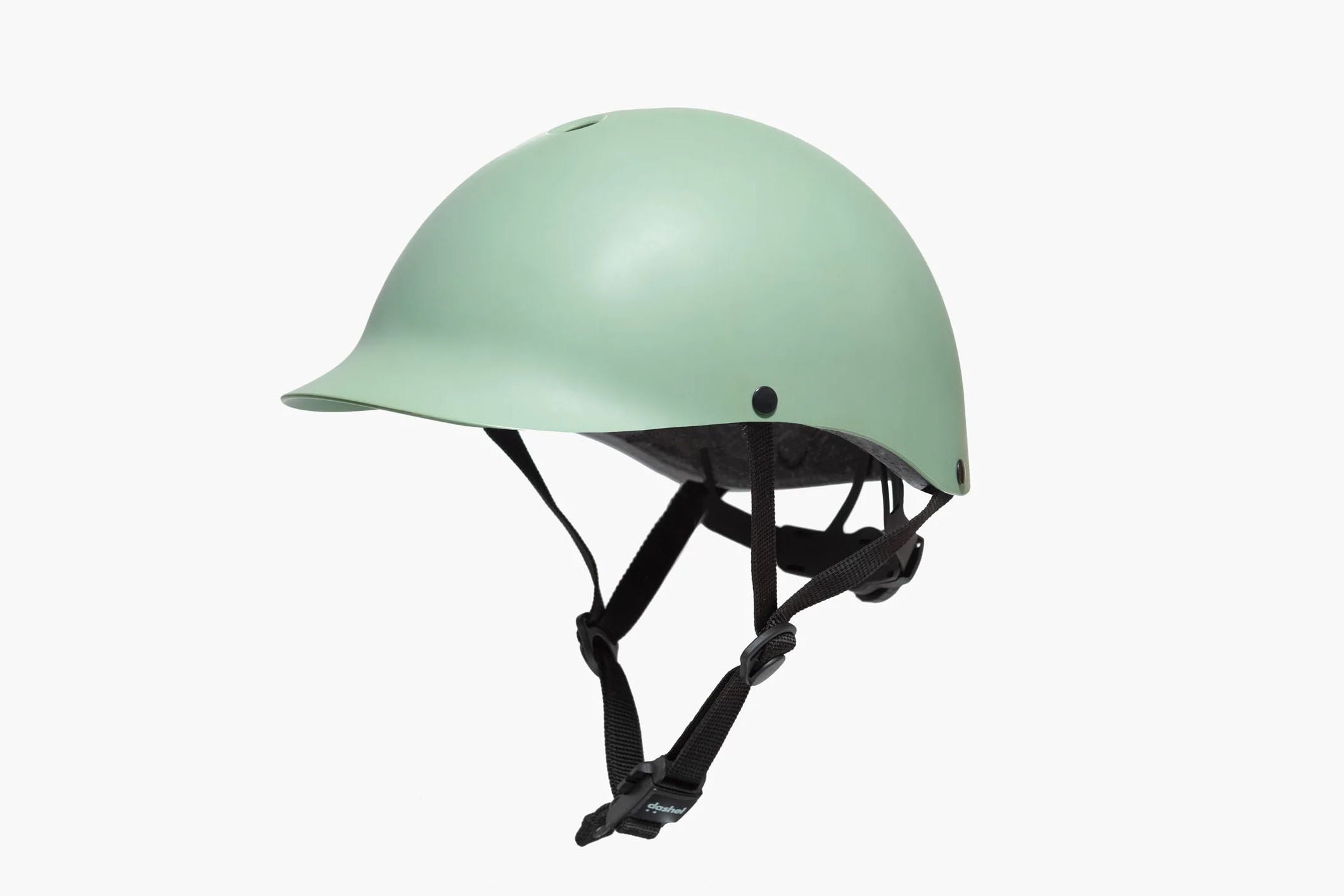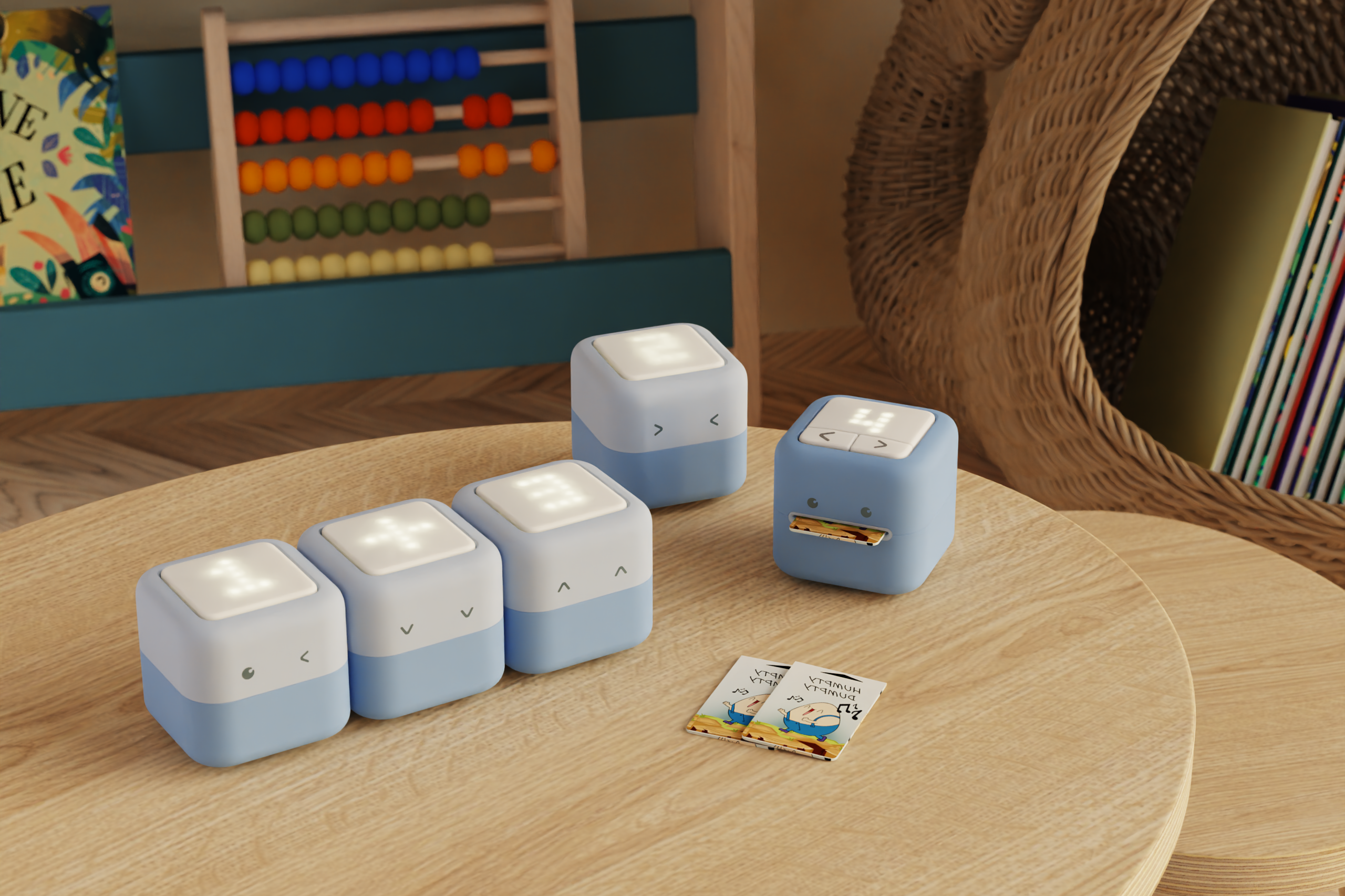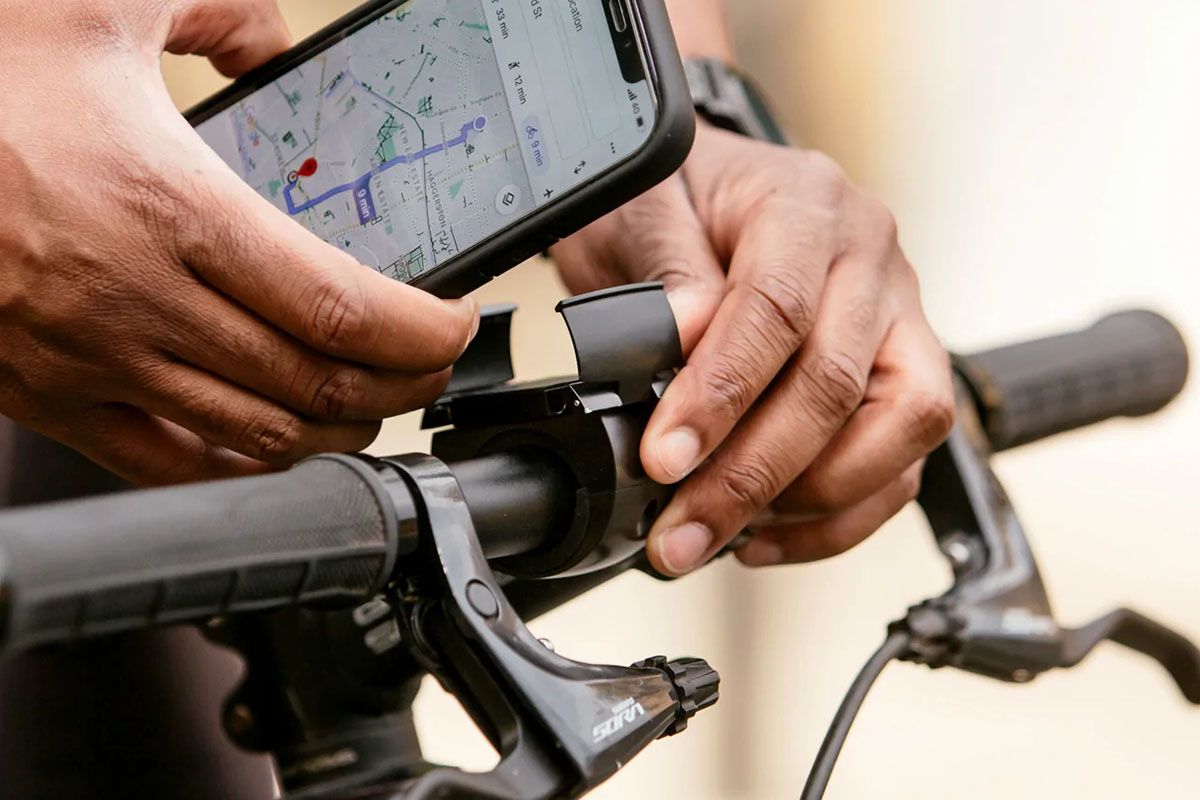Project
Client: Google
Project: Future AI Archetypes
Year: 2021
–
Industrial Design
User Experience
Creative Direction
A series of experimental objects exploring new materiality and behaviours.
This work explores how we may interact with AI objects in the future, specifically within the context of ambient computing and calm design. The team at Approach have been collaborating with Google for almost 10 years. Helping different teams explore where new technologies are heading through the lens of industrial design, user behaviour and interaction.
In our latest collaboration, we built on previous work together to explore new experimental materiality and its impact on how we will interact with products and AI in the future. We worked closely with the AIUX team to explore these new technologies, the archetypes that emerged and the new interactions needed to support them.
Although the outcome of the project is largely confidential, Google has been kind enough to allow us to explain some of the process behind this latest collaboration.
Speculative Futures
These types of projects are speculative in nature and their purpose is to help explore the direction of travel for technology and provide a point of view or ‘technology bet’ about the future of a given technology and its implications for how we use the products around us. In this case, we were specifically exploring the context user-product or user/AI interactions through the lens of industrial design.
Before we can design anything, we first have to build a rich future scenario, one in which user behaviours are realistic and objects are close enough to existing archetypes to leverage known behaviours, but new enough to embody new interactions in a way that illustrates the transformative nature of the technologies involved.
"At Google, speculative design is almost evolving design to conceive the world in which products exist, as much as the product itself.”
Philip Batten
A Wide Net
These explorative projects sit at the intersection of many disciplines, incorporating elements of design, technology, interaction, user experience and psychology.
The starting point for this work was equally diverse – and the natural world provided the inspiration for much of our work. We explored dozens of forms of communication and movement in living organisms and how these could translate to real AI/user interactions and ultimately physical products.
In parallel to this, we did a deep dive into emerging material technologies, exploring the latest material science and interactive experiments with the aim of creating a ‘library’ of references that combines both natural and technological starting points that can be used throughout the project.
Prototyping New Interactions
Physical prototyping is the heart of our creative process and we created lots of quick interaction experiments (both digital and physical) to share with the Google team, collaborating with them on the potential of each technology and its wider implication within the context of user/AI interactions.
In parallel to this technology-led creative exploration we also explored more human-led needs. In this future scenario – where could these technologies help real people? What future rituals might exist? What are the appropriate interactions to support them? This included lots of time considering real day-to-day scenarios and ‘experience prototyping’ these.
Design & Storytelling
We knew we wanted this work to resolve as physical objects – and the novel nature of the interactions and the technologies involved led to some exciting exploration of new archetypes that sit outside of traditional typologies. The outcomes are very often physical objects but not always products in the traditional sense, but rather singular experiments that help us illustrate one possible future.
By distilling complex ideas into physical things, there is something about their familiarity that makes industrial design a great medium to illustrate new technologies, interactions and behaviours.
This approach tends to be most effective when the design work is placed within real world narratives, so we often create physical models and place them within short films or vignettes. What’s important for these objects is that the rituals and interactions around feel real and not forced.
Outcomes
The aim of this project was to explore the impact of new experimental material innovation and how it might affect products in the near future, particularly around user/AI interaction.
Whilst not designed to serve strictly as ‘answers’ – within large organisations like Google these projects are useful to help frame strategy and creative exploration internally, helping to guide conversations around AI, technology, design and interaction.
The final family of objects are a series of physical experiments, sometimes playful, sometimes serious. Placed in simple narratives and communicated through vignettes, they’re designed to illustrate the potential of a new experimental material technology and how it might affect our future product interactions.
They sit outside of classical product typologies but share a familiar typology. In this way they are designed to be both familiar and new at the same time and to form a taxonomy that illustrates one possible future.










